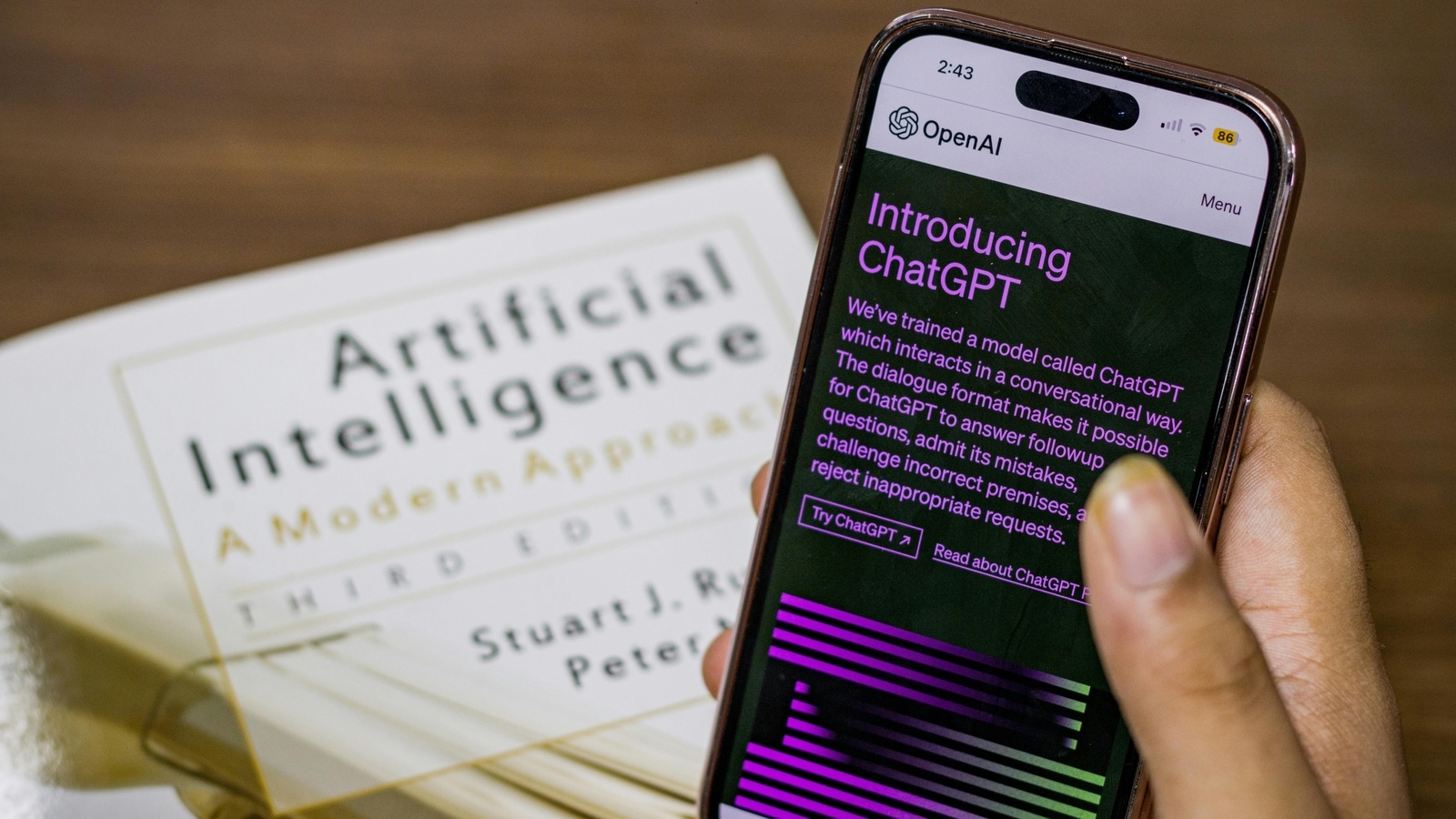Artificial intelligence (AI) has taken the world by storm. There have been rapid developments in the field in the last few years, and nearly every big tech company is incorporating this technology into its suite of products. Perhaps the most popular use of AI recently has been in the form of AI chatbots. Powered by generative AI, these chatbots assist users in accomplishing tasks such as engaging in conversations, conducting interviews and even generating new cocktails!
Based on Large Language Models (LLMs) and generative AI, AI chatbots can generate new content, such as text, images, audio, and more. They do so by leveraging specific algorithms to process natural language and convert it into logic which is then fed to artificial intelligence.
So, if you wish to take advantage of these advanced tools, then check out the top 5 AI chatbots that you need to try right now.
1. ChatGPT
ChatGPT has become synonymous with AI chatbots, and is certainly one of the most popular ones in the world. It is a generative AI model based on the GPT (Generative Pre-trained Transformer) architecture which feeds the program with a large amount of text data to help the AI learn the nuances of human language. You can ask ChatGPT any question and it will find an answer which will be curated to the specifics of your query. Its GPT-based training means it is also capable of understanding the nuances of a question even when it is presented in simple human language. On top of that, it also remembers the previous prompts and adapts to the user when used for a long session.
2. Google Bard
Google Bard is based on the company’s next-generation language and conversation capabilities powered by their Language Model for Dialogue Applications (LaMDA). Google Bard can generate a variety of responses, even from the same or similar prompts and questions. Once a user provides a prompt, Bard uses the context in the prompt and the interaction with the user to draft several versions of a response. The AI chatbot then classifies and checks its responses against predetermined safety parameters.
3. Ernie Bot
Ernie, which stands for Enhanced Representation through Knowledge Integration, is a conversational AI chatbot developed by the Chinese company Baidu. It is currently China’s answer to OpenAI’s ChatGPT. It is based on Baidu’s in-house Large Language Model (LLM) Ernie 3.0-Titan and Pre-trained Dialogue Generation Model (PLATO). Ernie offers multi-modal capabilities, meaning that users can interact with the AI service with texts and images in both prompts and responses.
4. ChatSonic
ChatSonic is another conversational chatbot that takes advantage of the power of AI. Unlike OpenAI’s generative AI model, ChatSonic can come up with up-to-date information with the “Include Latest Google Data” option. Technologies such as GPT-4, Stable diffusion, DALL-E, Natural Language Processing (NLP), and Machine Learning (ML) are incorporated in ChatSonic which allows the AI chatbot to accept prompts and generate responses. Users can also choose the type of personality, enable memory, and more, to make it sound like a real person!
5. My AI
One of the most interesting chatbots is incorporated into the social media app Snapchat. Called My AI, it runs on OpenAI’s ChatGPT technology which has been customized for the chatbot. Like other AI chatbots, My AI can answer your burning trivia questions, provide gift recommendations, and more. While it was initially reserved for only Snapchat+ subscribers, My AI is now accessible to all Snapchat users.
Source link
credite

